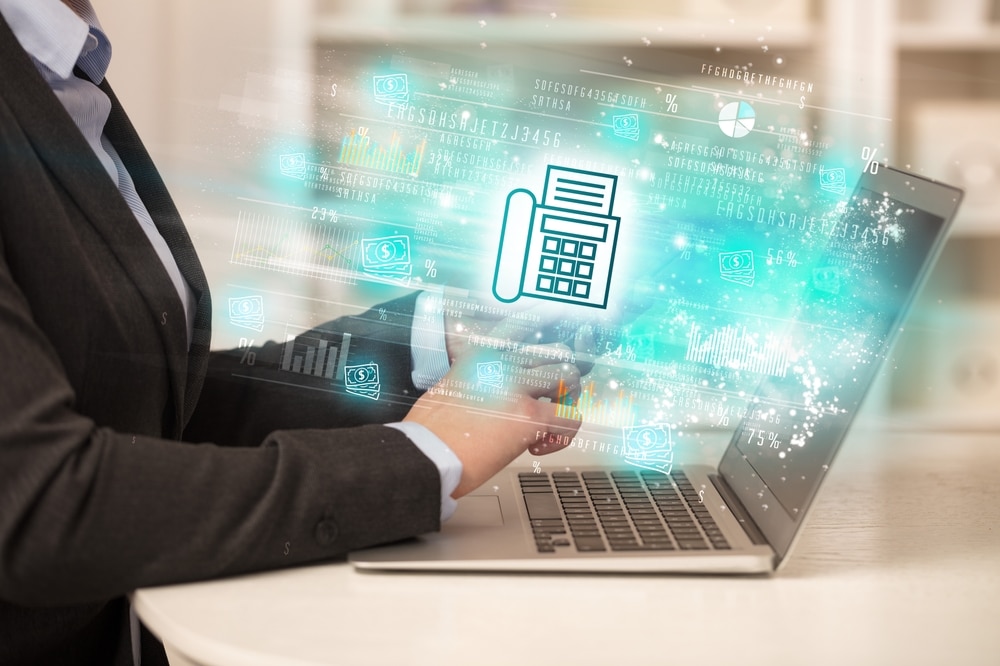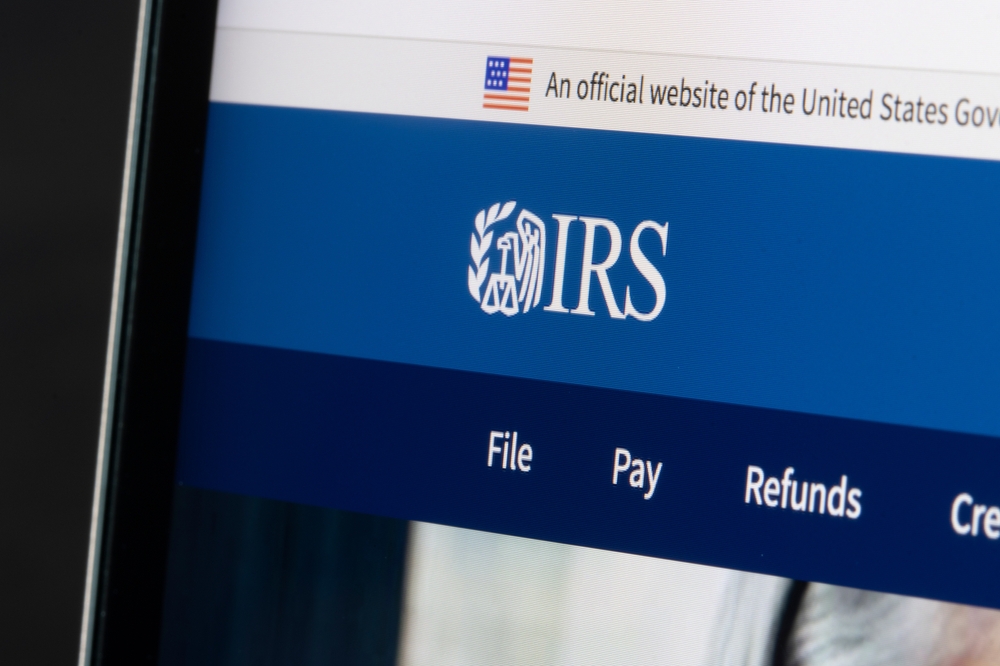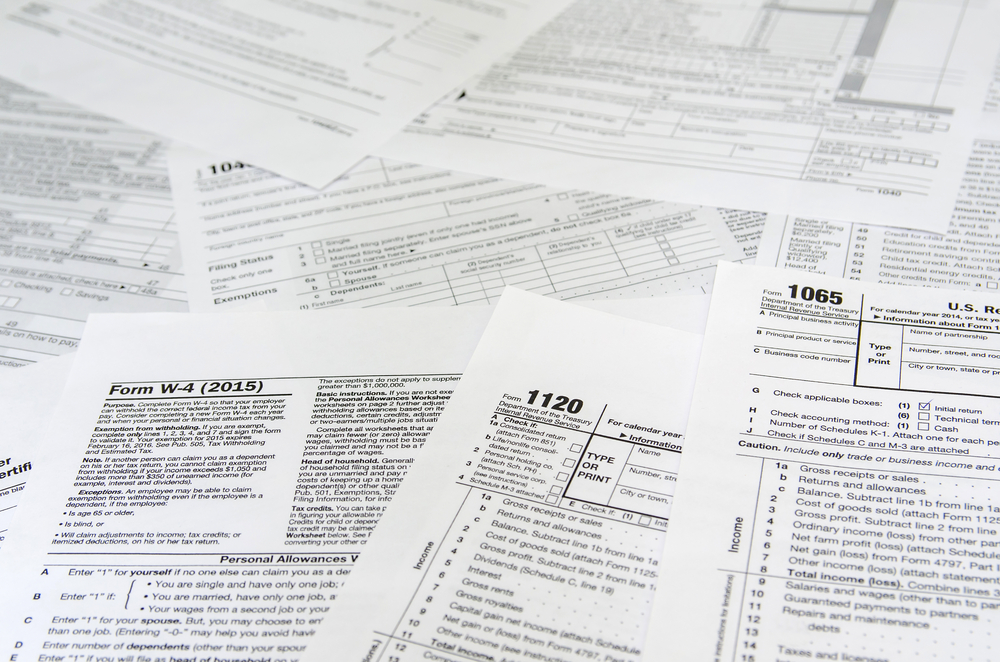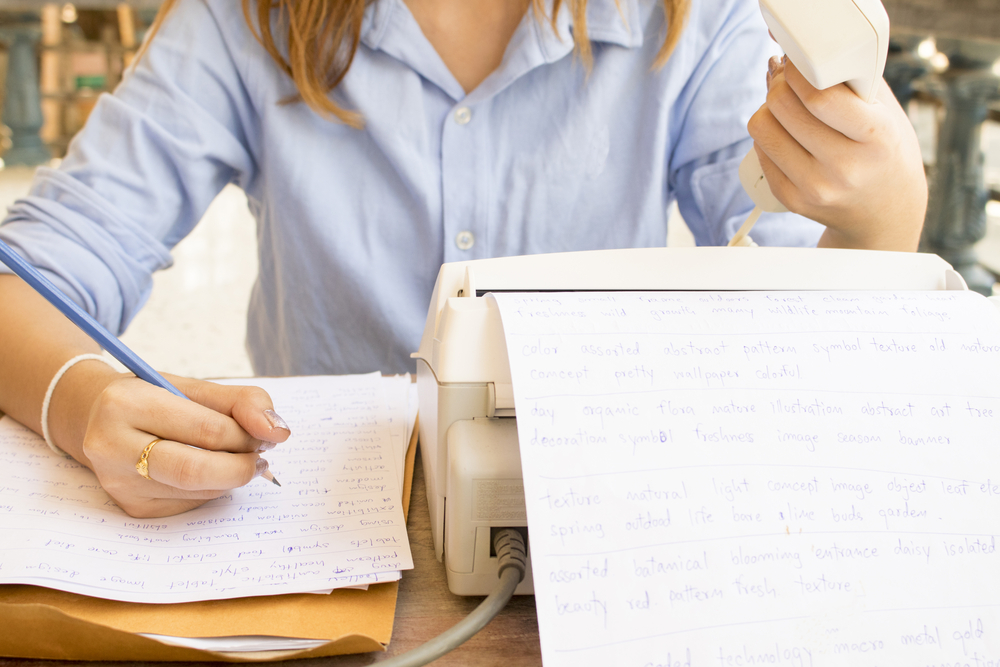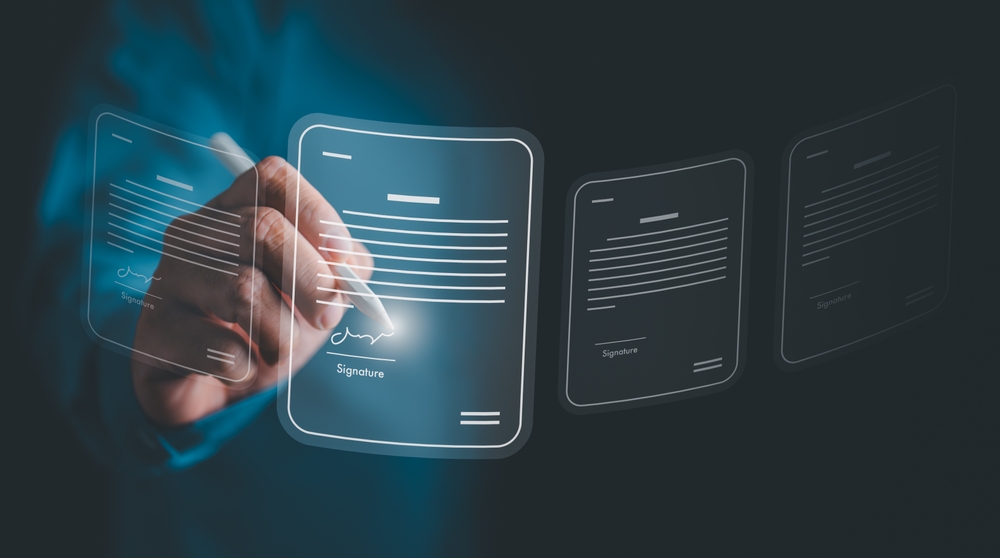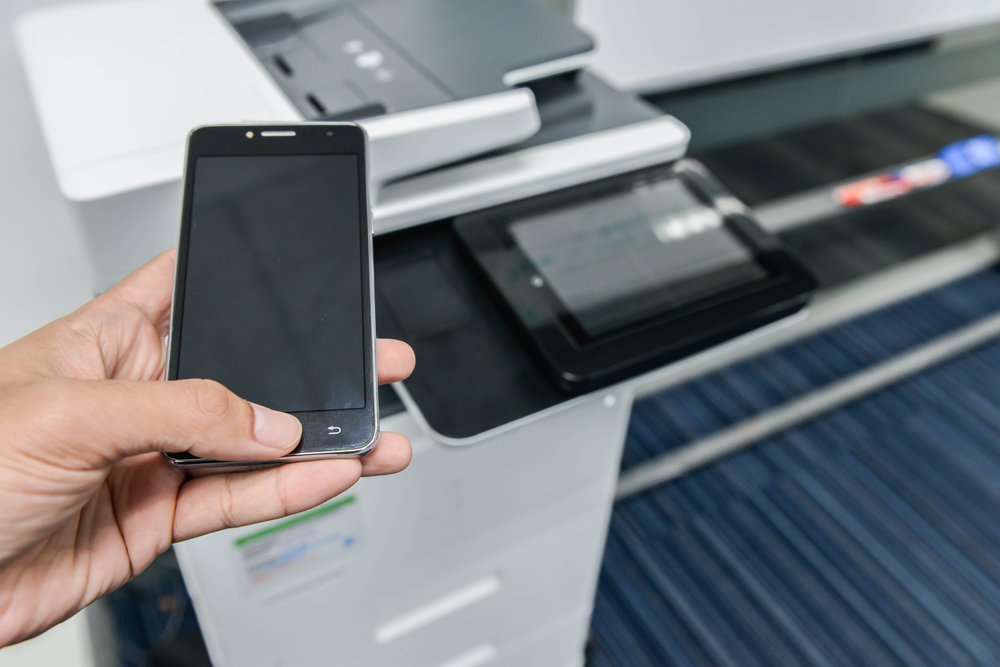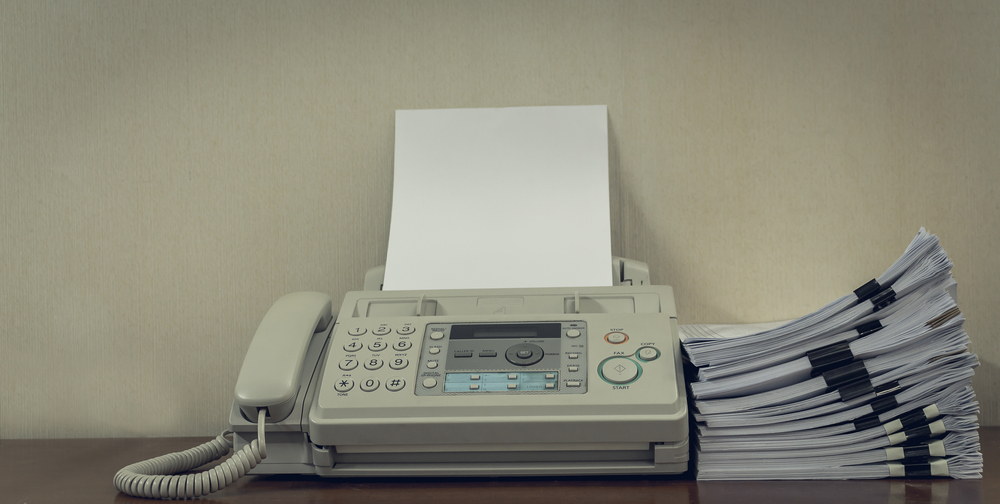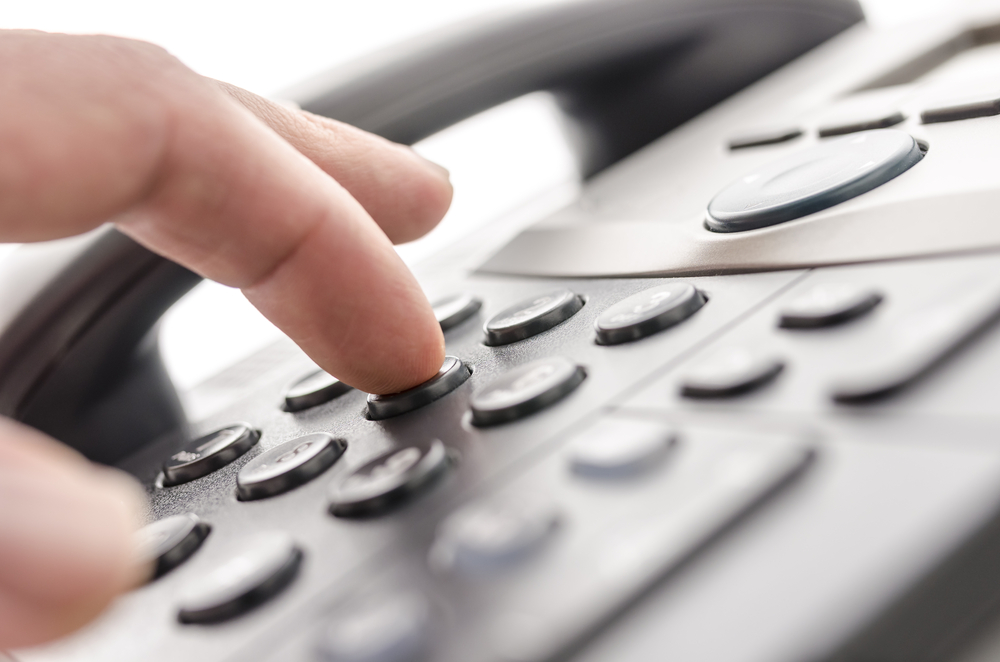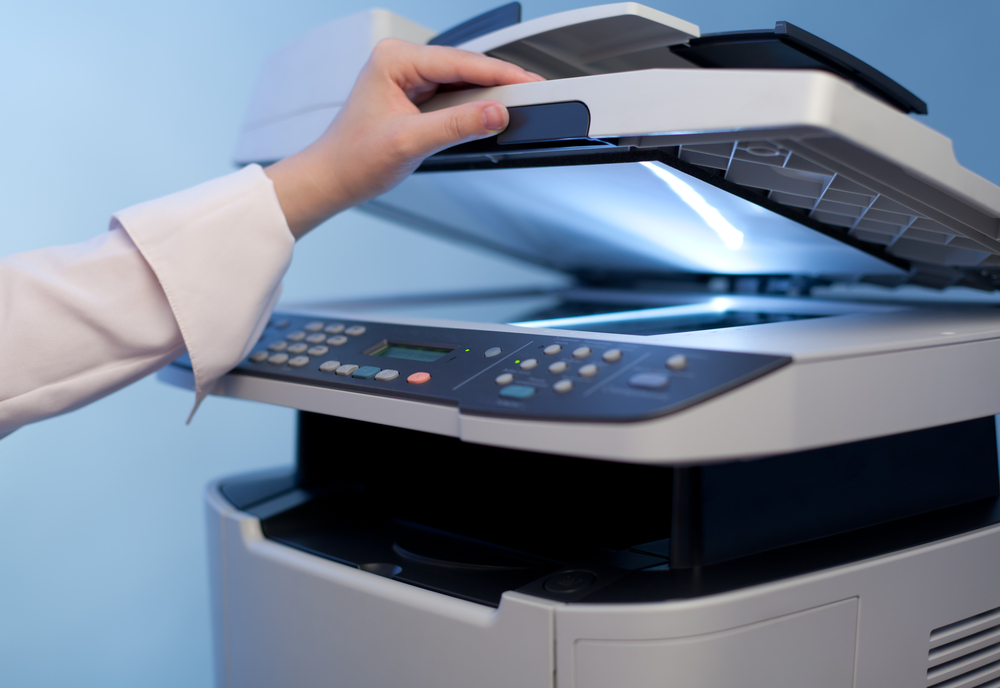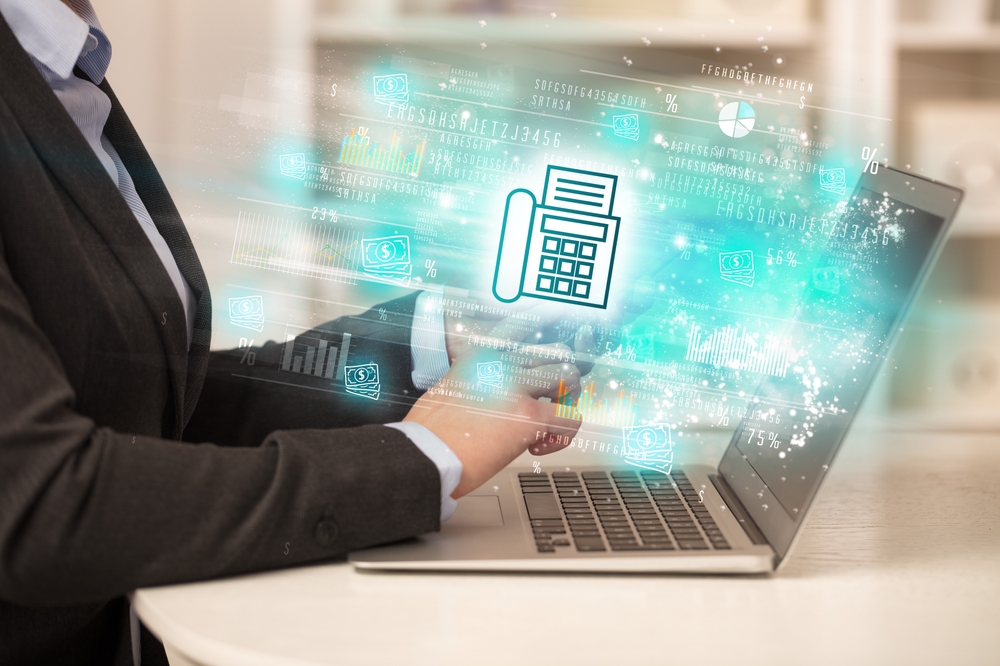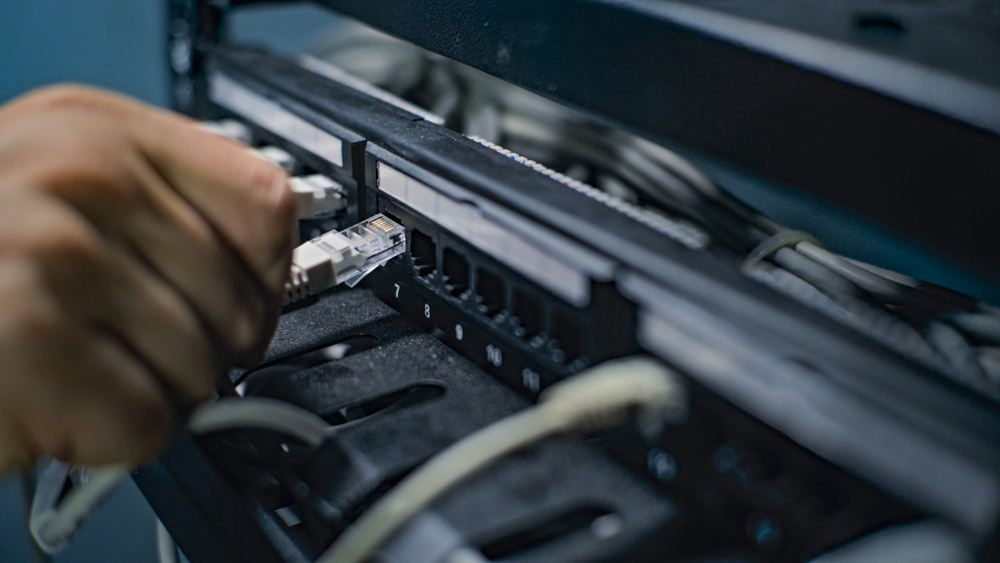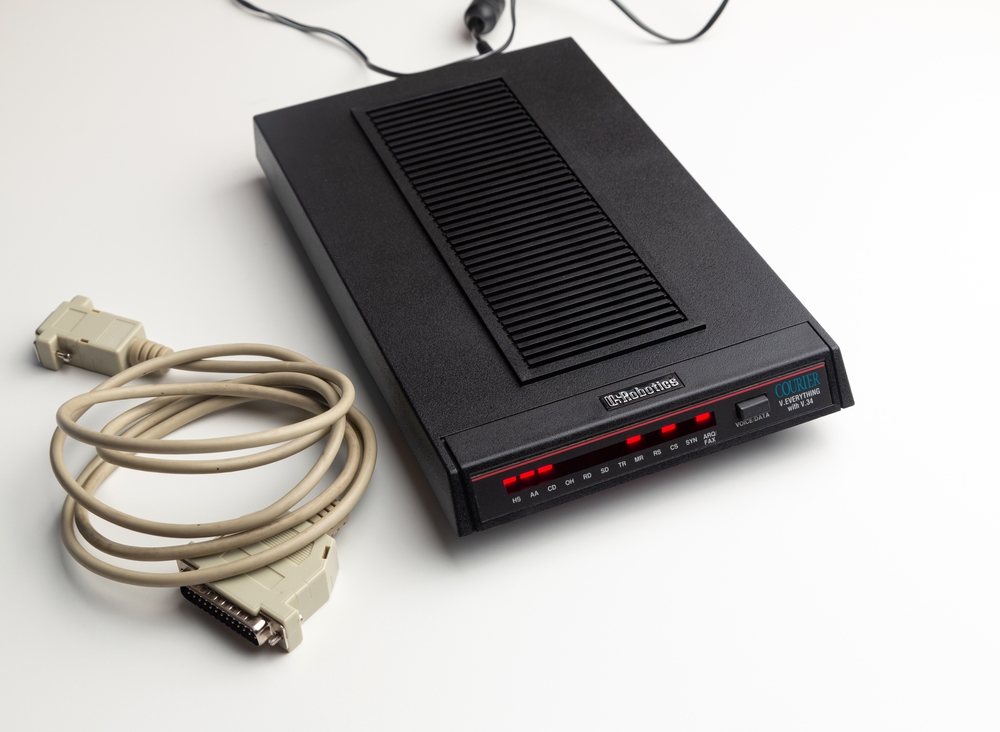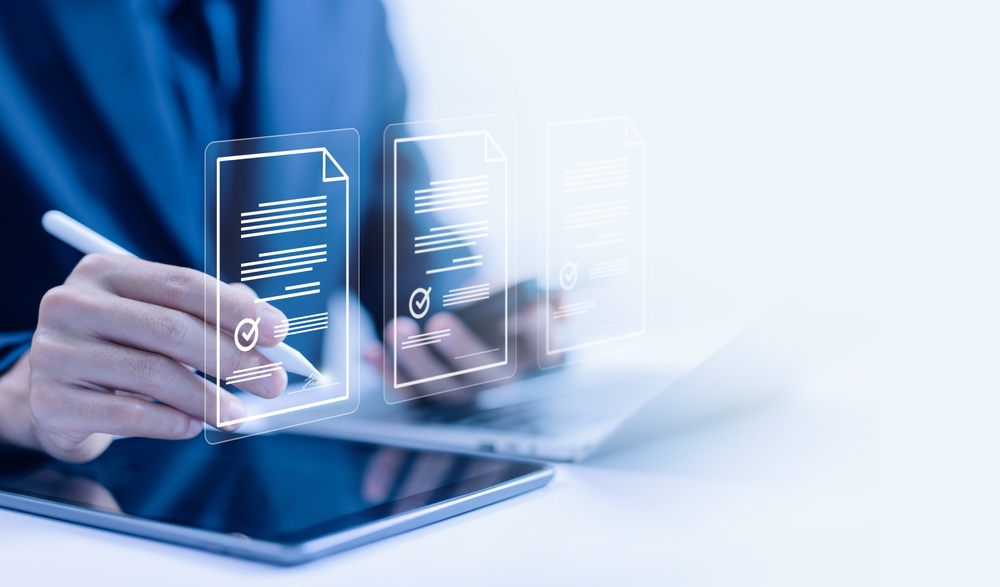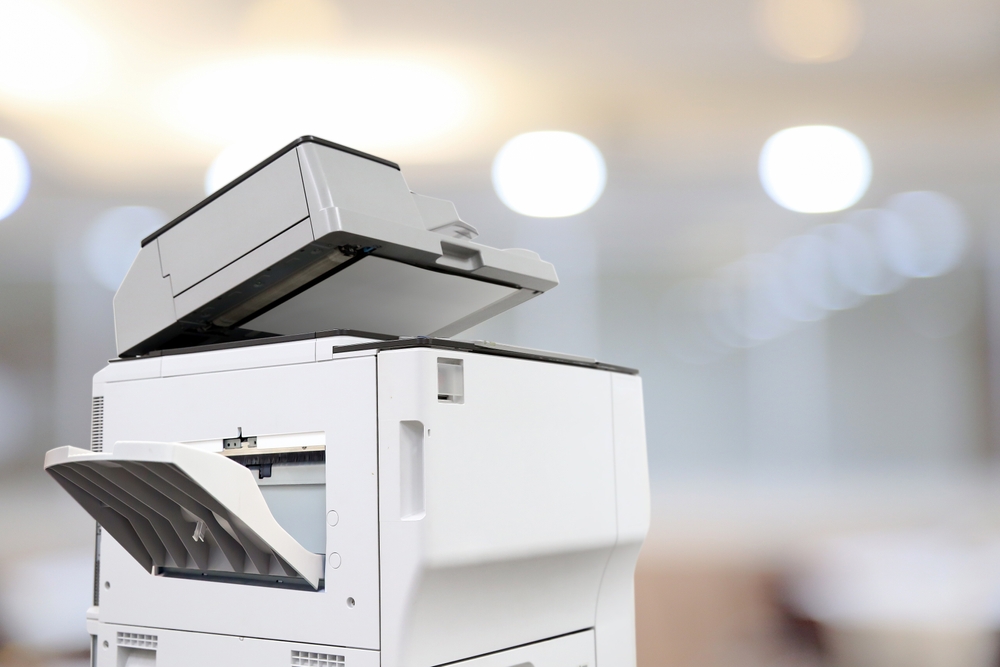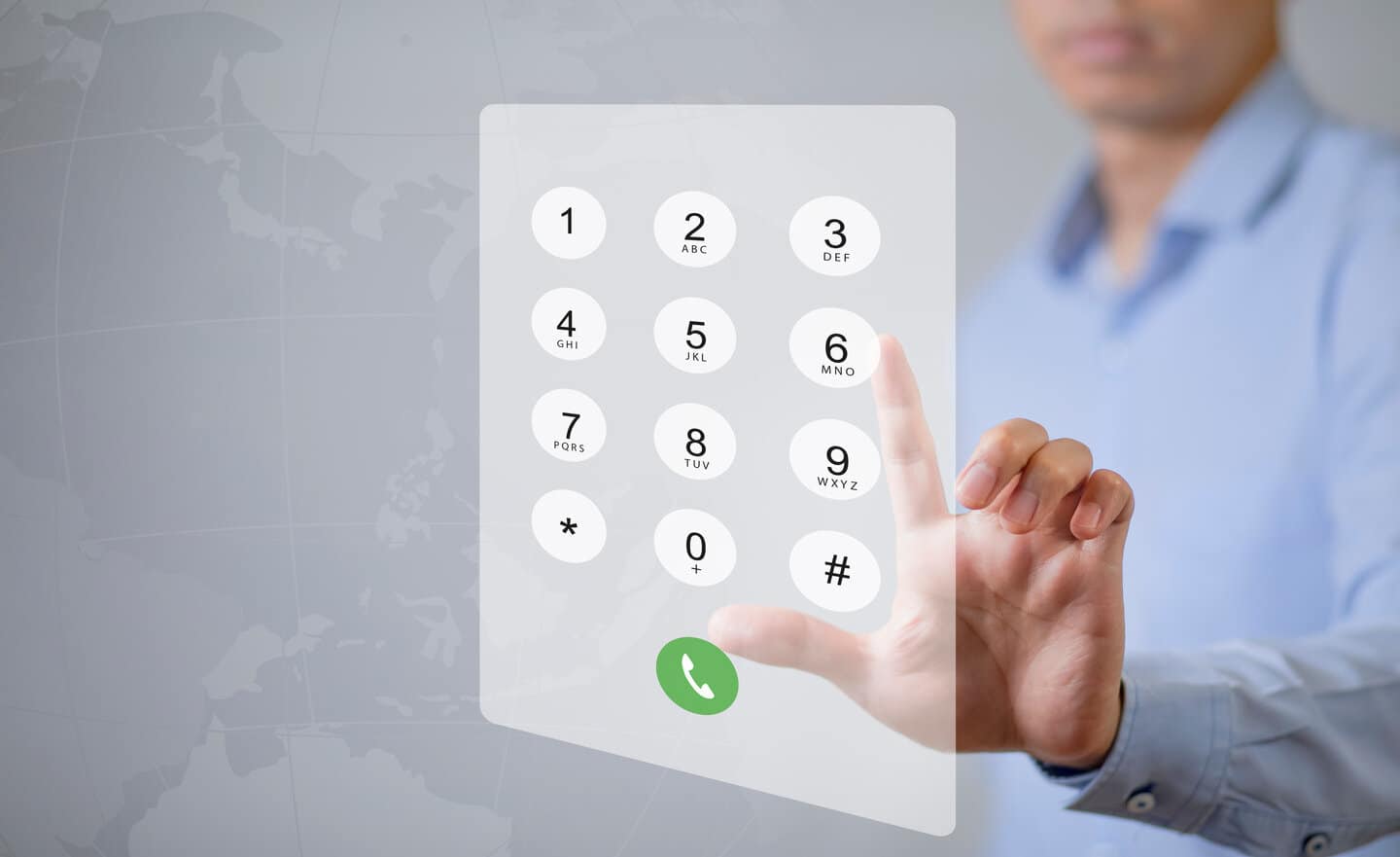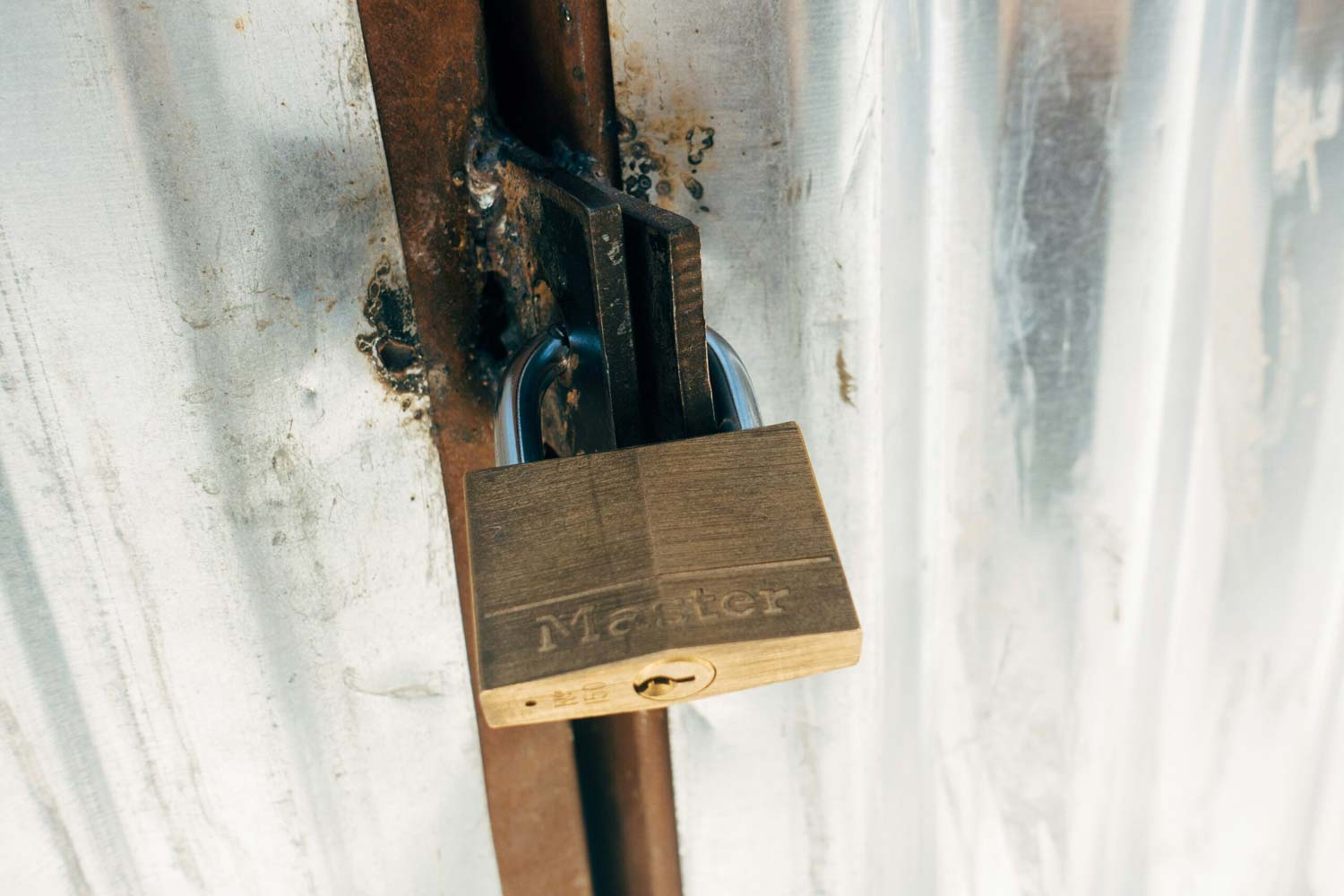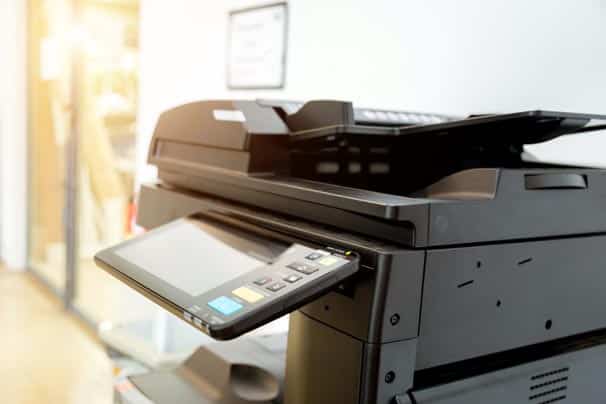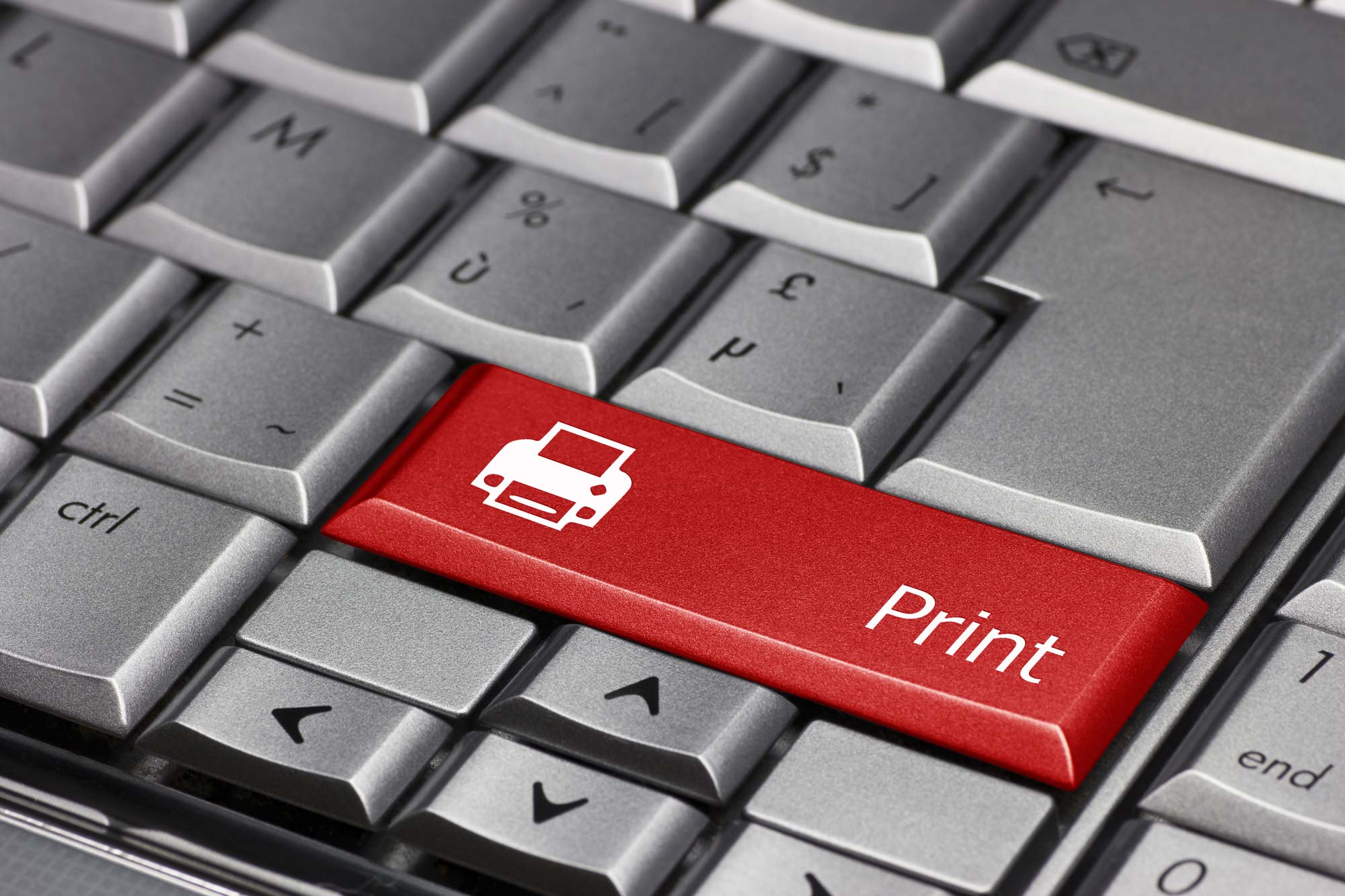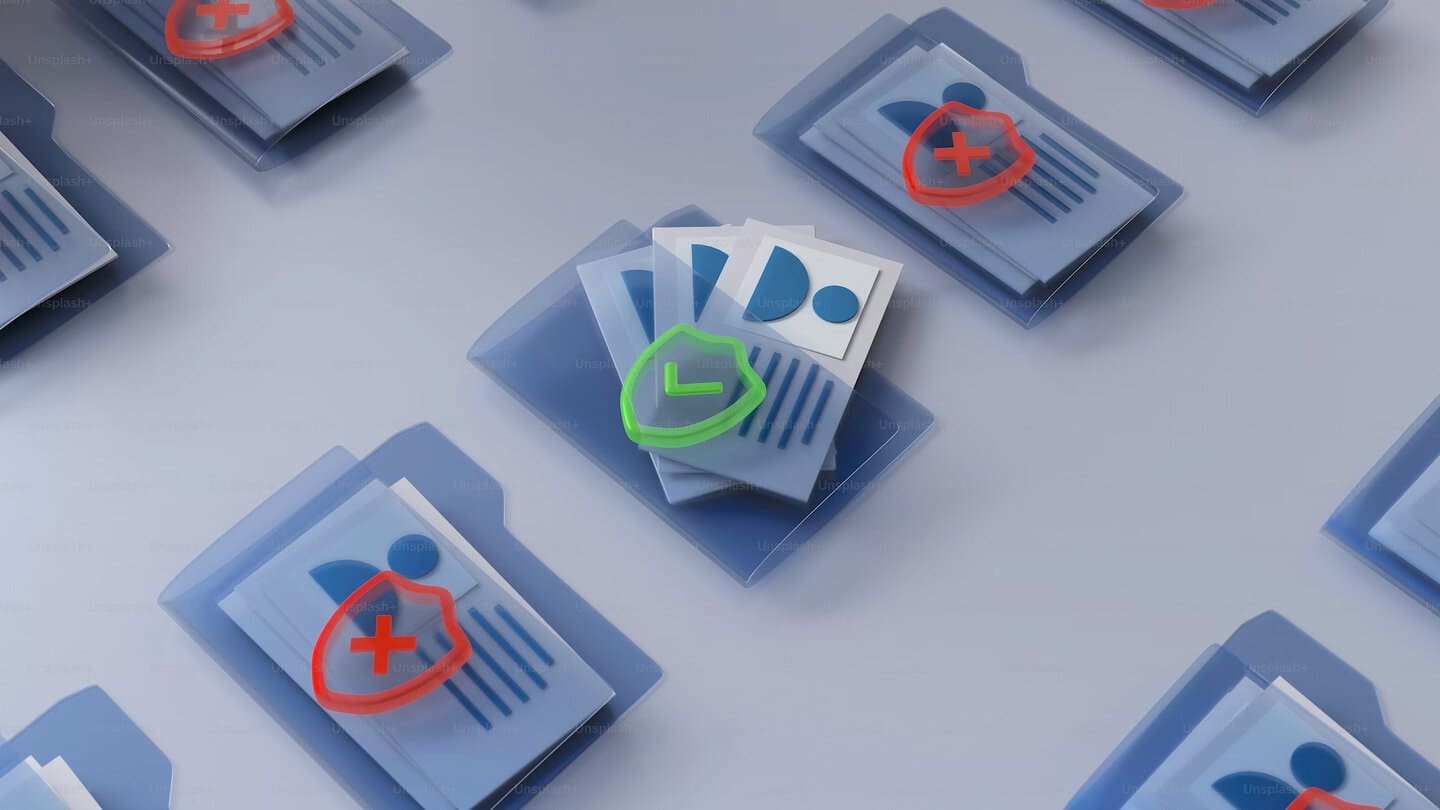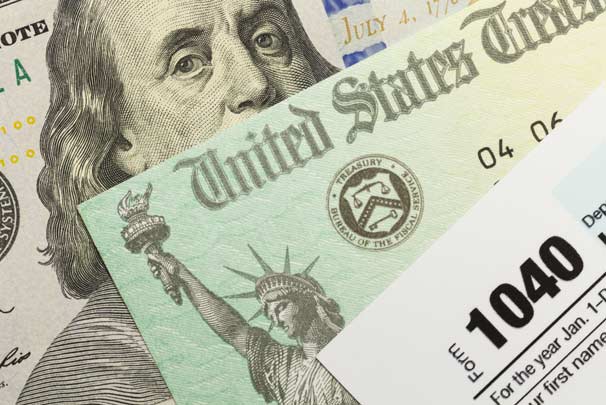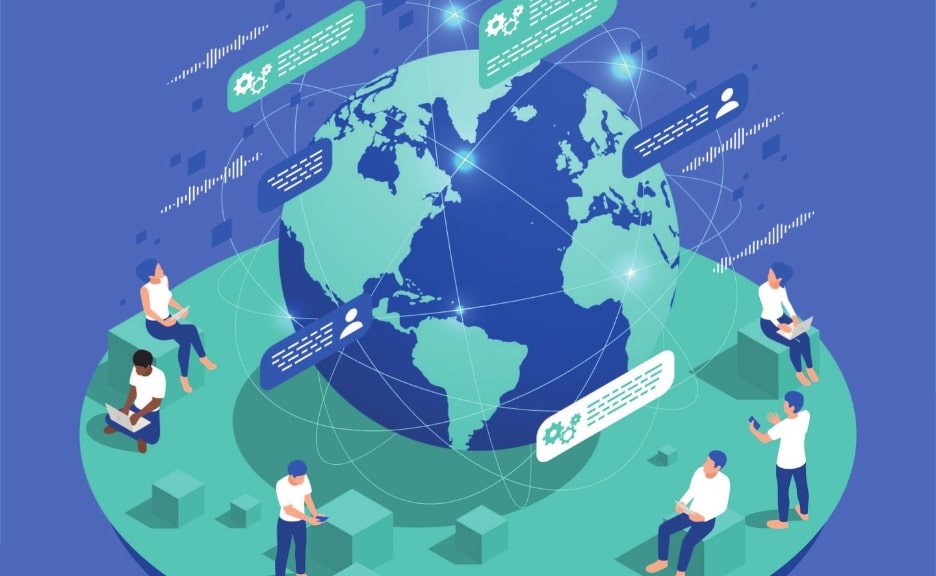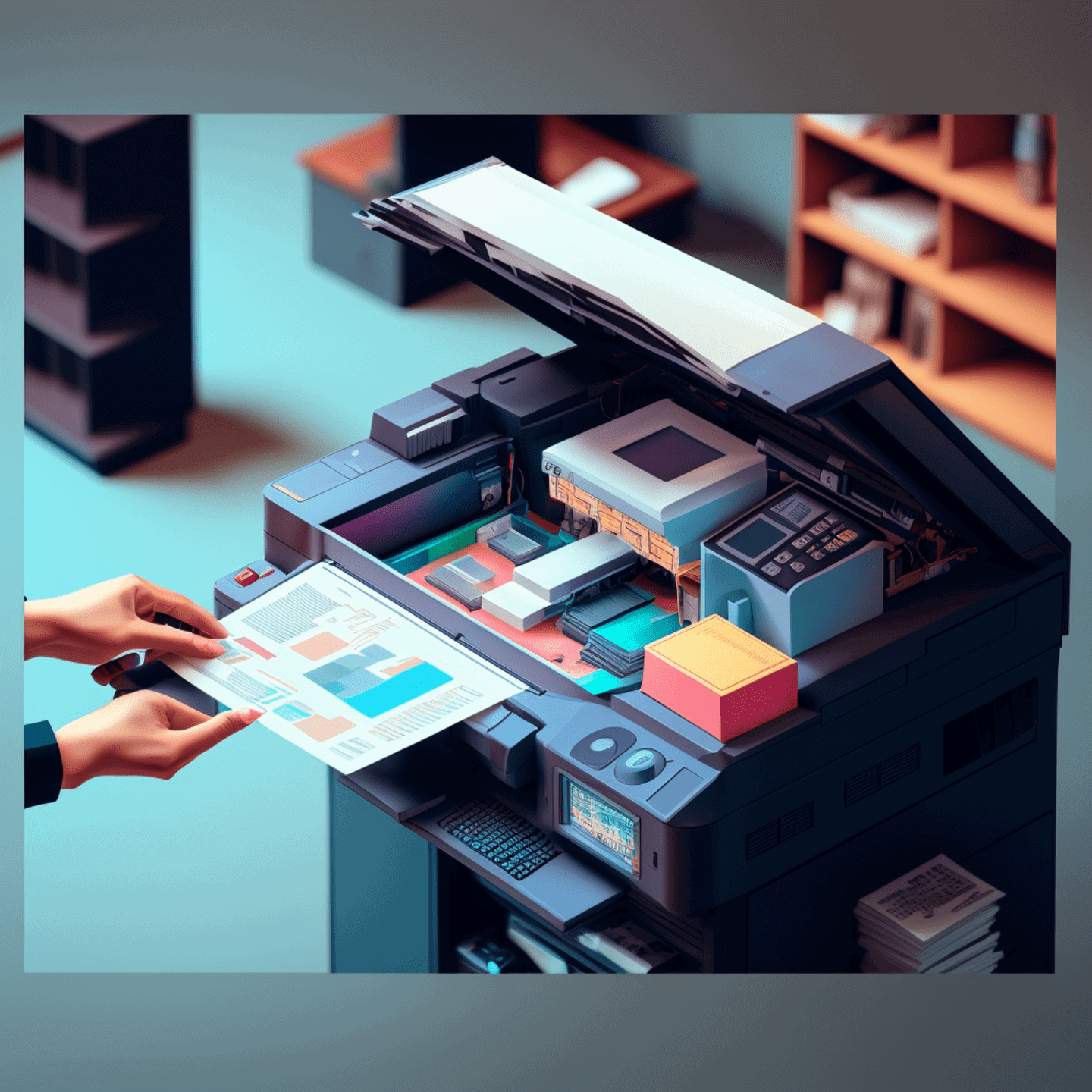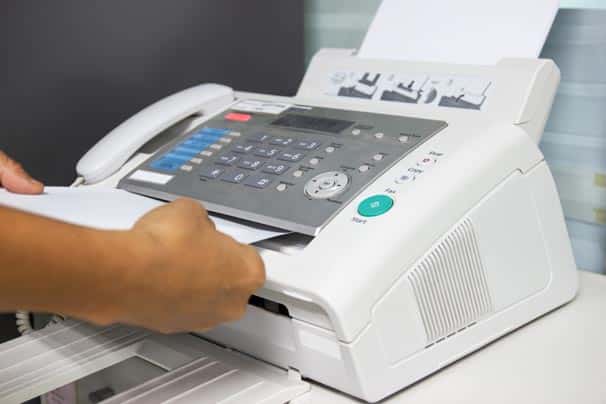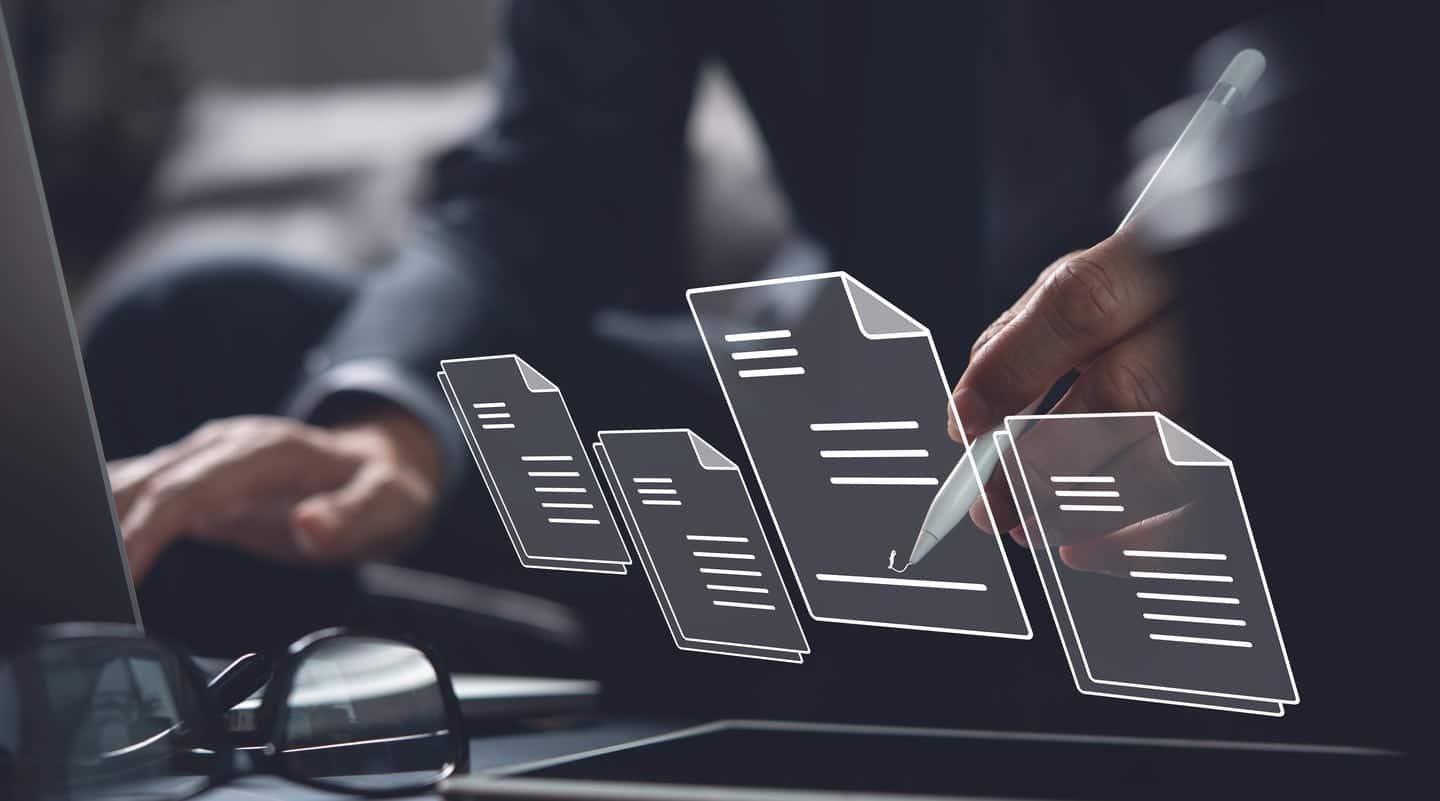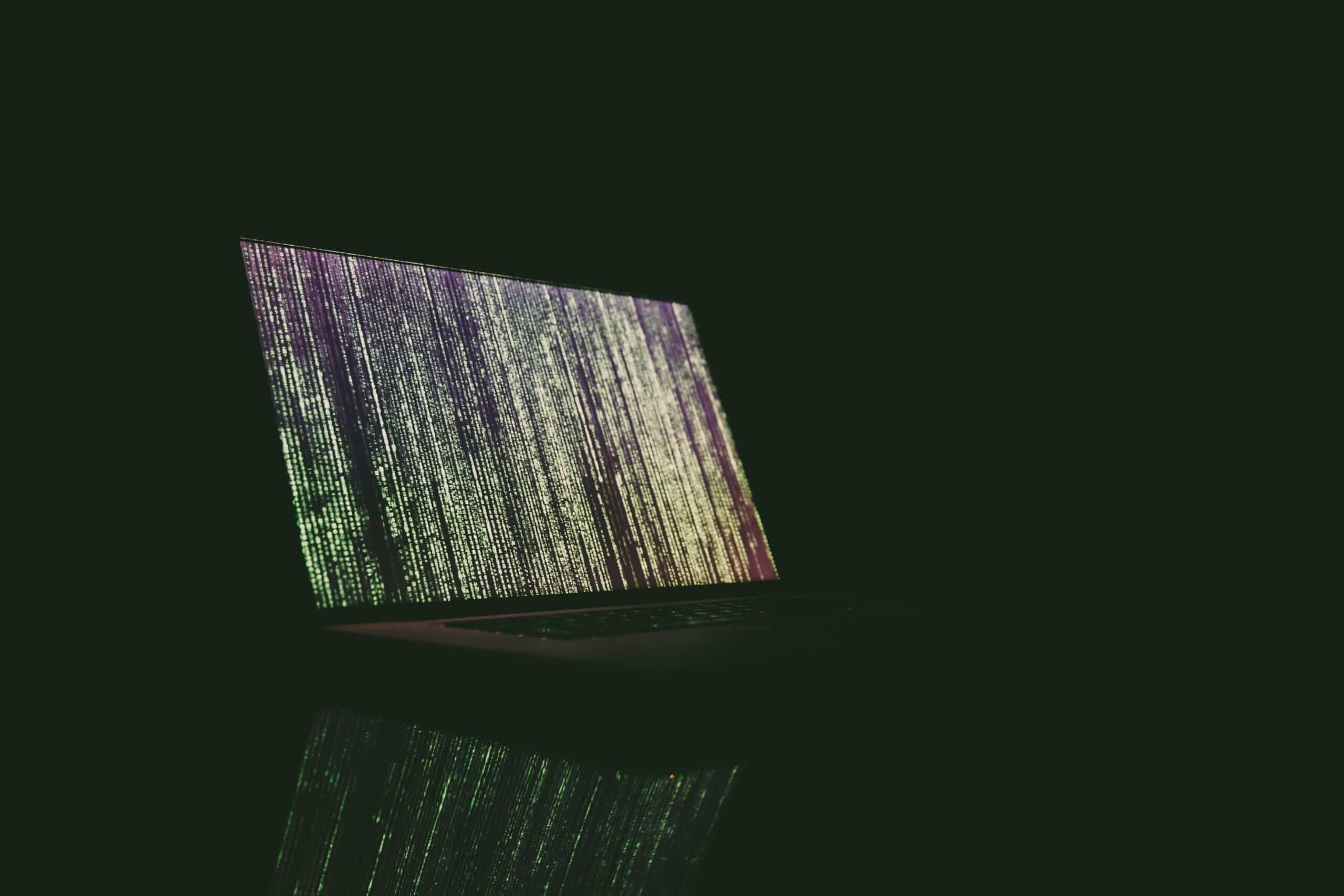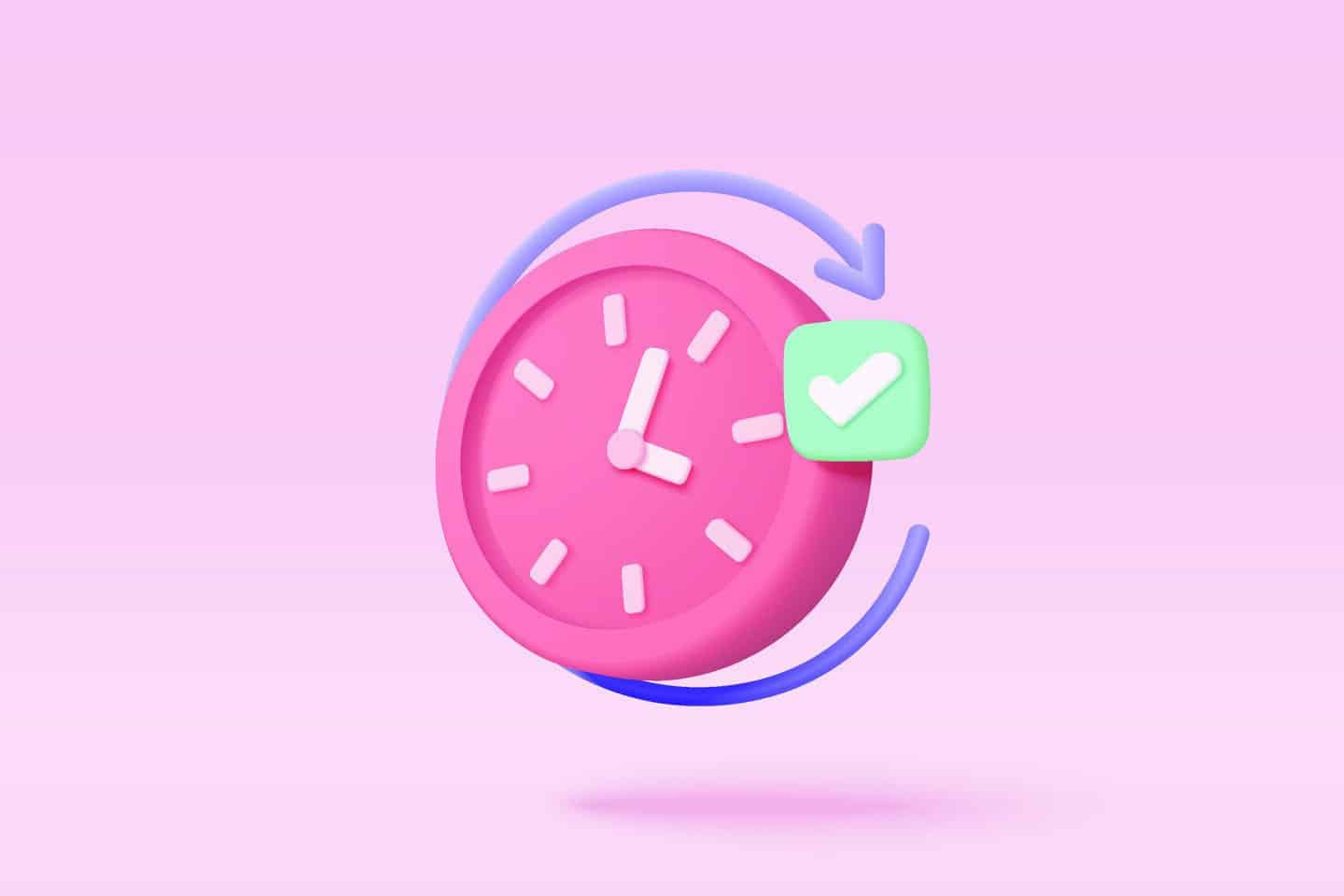
Faxes remain a crucial tool in industries such as healthcare, legal, and finance, where secure transmission of confidential information is paramount. Like most methods of communication, there is no fixed transmission time, so if you need to know how long your fax will take to arrive and why fax speed is important, there are a few things to consider.
How long does it take for a fax to send?
The time it takes to send a fax will vary according to a few different variables. These include the type of document you’re faxing, the network you’re using and — in the case of analog faxes — the type of machine you’re using.
So, how long does faxing take? The biggest factor in fax speed is the type of fax you’re sending. A digital fax is far, far faster than a fax machine.
Fax machine transmission speed
The first fax machines often took over five minutes to send a single page. But how long does it take to fax something in the modern age? Most fax machines made in the past decade have been able to send faxes in around 30 seconds per page.
The speed of transmission is defined by a Baud rate. The baud rate is the transmission rate in bits per second multiplied by the amount of data bytes in each transmission. At about 9,600 bps, which is what most faxes are set at, transmissions take about 1 minute per page. This will increase for documents with pictures as there’s more data to send. More white space will make for a faster transmission.
Online fax app transmission speed
You’re probably familiar with the upload and download speed of your internet. While analog faxes are measured in tens of thousands per second, digital data transfer happens in gigabytes per second.
An online fax can send even complicated documents almost instantly, within fractions of a second. Digital faxing is far faster and more convenient than traditional faxing because it uses the internet and high-speed modems to send your faxes.
What is fax transmission time, and why does it matter?
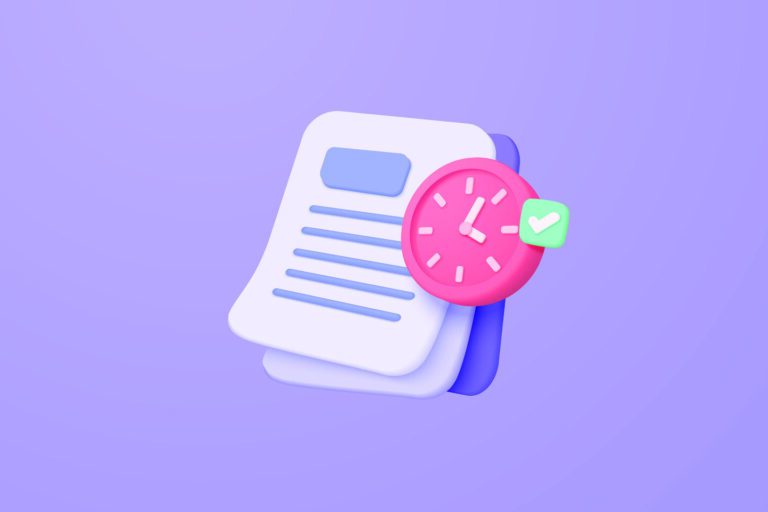
Fax transmission time is the length of time it takes to send a fax. A difference of up to thirty seconds more per page may not seem like a lot for just a few pages, but it can make a massive difference with long documents. Using a standard fax machine, a five-hundred-page document at one minute per page will take an entire eight-hour workday.
At thirty seconds per page, sending the same document would only take four hours. Anyone who has spent a long day in an office can attest to the difference four more hours can make for a single task. Online fax services like eFax can reduce time taken to send a fax even further.
4 Factors That Impact How Long It Takes to Fax Something
A few things can impact how long a fax takes, including the quality of the line you’re sending it through and what the document contains.
1. Document Size
No matter what you are sending or what type of fax machine you send it through, online or traditional, the volume of data you transmit matters. This is because different document types will be of different file sizes. A simple text document will have the fastest transmission time, while something very image-heavy will take longer. This is important to remember when trying to estimate how long a fax will take to send. The same also applies to receiving a fax.
2. Image Quality
If you send an original document with color images, the image quality also matters. Lower-quality images will send more quickly but a document full of detailed images, graphs, or charts will take the most time to send. This is especially true if you can’t compromise quality for speed.
The estimate of thirty to sixty seconds is most accurate for scans of documents sent in black and white at a resolution of 200 to 300 dots per inch. Other factors will affect transmission speed, particularly with traditional faxes. While the distance between sender and receiver won’t matter as much with eFax, it’s a big factor for traditional transmission times.
3. Line Quality
Estimating how long it takes to send a fax requires knowing the connection speed on both the sending and receiving ends. When sending a fax through traditional means like a fax machine, each machine must have a high enough baud rate. The baud rate is the speed at which information is transmitted. The better the transmission rate, the faster the fax is sent.
Faster isn’t always better, though. If you are dealing with a bad phone connection or your document won’t send, having a slower transmission rate may be helpful. Trying to send something quickly, experiencing an error, and having to start over could take more time than simply being careful and deliberate. If the phone lines are busy or the receiving machine is experiencing an error, the transmission may be delayed until someone at the receiving end can address the issue.
Lousy phone connections are to blame for many lost faxes. Documents may fail to transmit completely if the dialed line is busy or gets disconnected. Most fax systems will automatically retry to dial the number and resend, but you might end up with additional fees if using a paid service to send the fax. With eFax, these issues disappear.
4. Number of Pages
This is the most obvious factor in fax transmission time. While each page may not send at precisely the same rate, you can safely determine that each page will take thirty seconds or more to send. With traditional fax, the more pages you send, the longer the transmission time. eFax’s digital services mitigate this time sink and quicken the process.
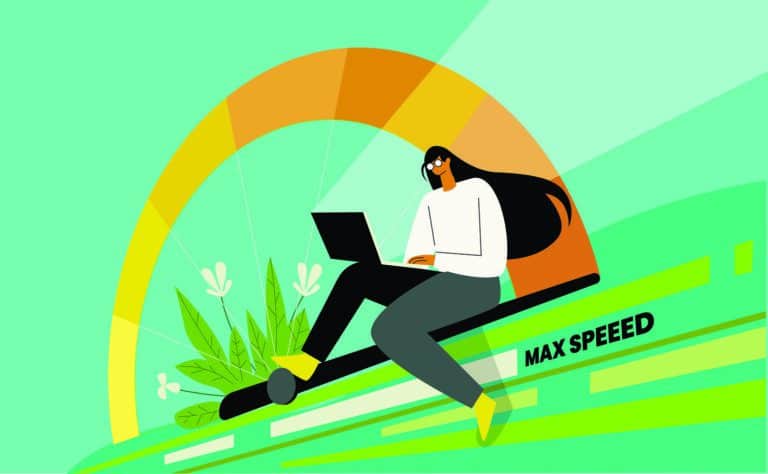
How To Optimize Fax Transmission Time
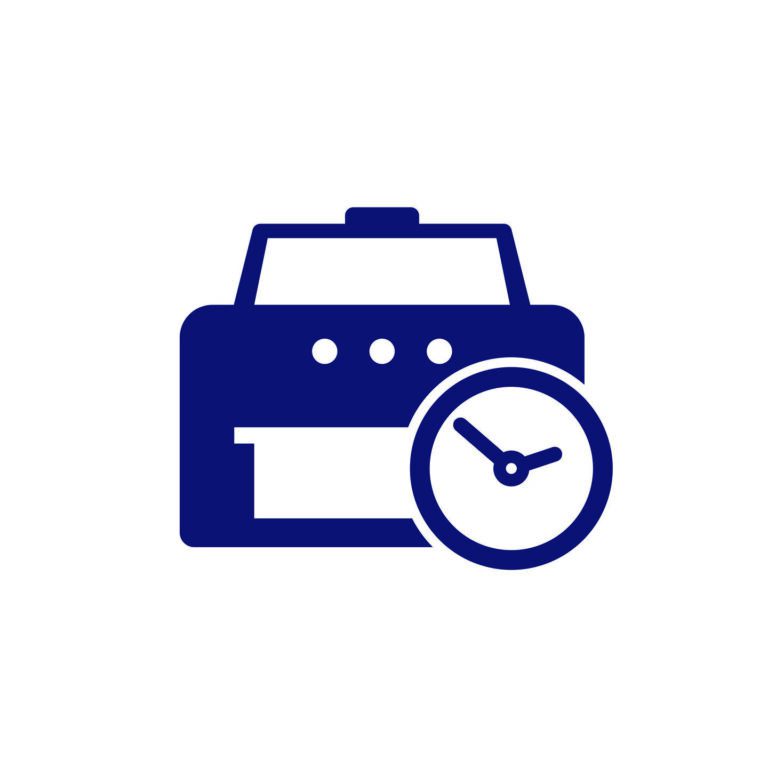
If you need your document to transmit faster and quality is less important to you, you can compress the files. Compression is a way of reducing repeated information to make the file size smaller. Compressed files are lower in quality, so if you have a lot of small text, you may want to verify the recipient can still read the text or view the images.
Compression works best on documents with a lot of white space. On a good connection, compressed files with a lot of white space can have transmission times under the general thirty-second estimate.
A web-based faxing service is the best way to optimize your fax transmission time. These fax services digitize the process, thereby eliminating multiple steps. A web-based service can reduce the time it takes to send a fax to twenty-two seconds, and does not require monitoring while it sends.
Choose a Reliable Online Fax Service for Your Tax Documents
The most efficient, reliable and fastest way to send a fax is through an online faxing service. The stability of the connection and mobility of the technology gives you the freedom to send detailed, image-heavy documents using only your mobile device or a computer with internet access. You only need to make an eFax account to get started.
FAQs
A traditional fax machine might take over a minute to receive and print out your fax. That doesn’t account for the time it takes for the call to your fax line to be connected. A digital fax will show up almost instantly in your online eFax portal or the email inbox connected to your account.
Faxing doesn’t actually take long at all. You might be thinking of decades past when faxing a single page could take several minutes. Now, online faxing is just about as fast as sending a text message.
Mailing a document by post is still the slowest way to send a document. Even conventional faxes with toner and ink are faster than that. Emailing a document is faster than both of those, and electronic faxes are just as fast as email.
Yes. Even traditional fax machines can receive faxes after hours. The problem is that someone has to be there to physically retrieve the document. A digital fax allows you to retrieve your faxes after hours from any internet-connected device.
You can send or receive a 50-page fax within seconds using a modern digital faxing solution like eFax. Meanwhile, a traditional fax machine can take anywhere from 25 minutes to an hour to receive and print a 50-page fax.
